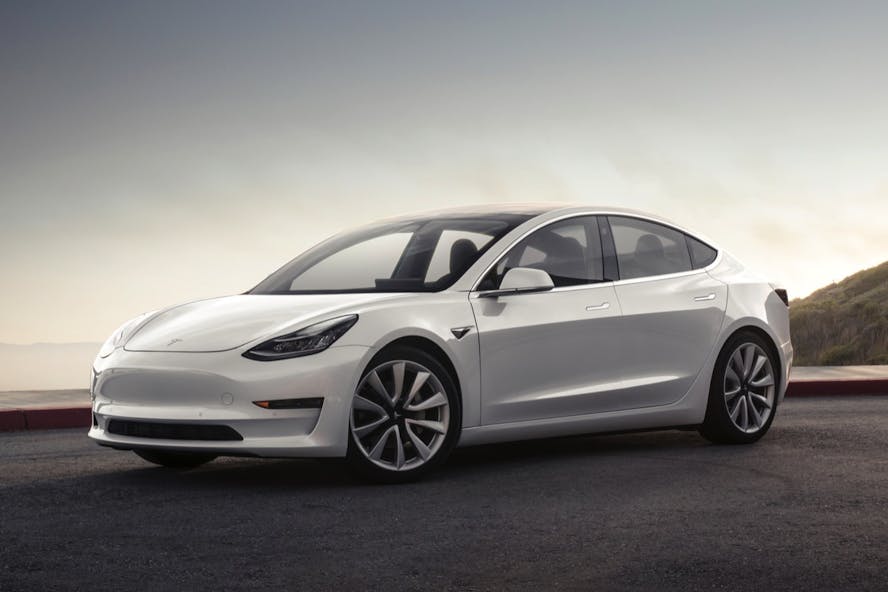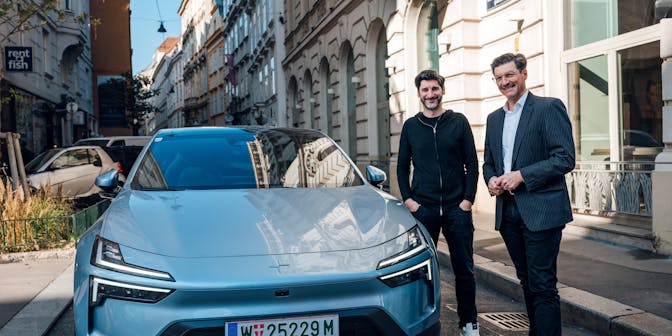What does WLTP mean? A beginner's guide to EV terminology
Getting lost in a sea of acronyms; WLTP, BEV and kWh? Thought regenerative braking was only in Formula 1? Have a look at our alphabetised glossary below for explanations on every EV term you’ll come across. If we’ve missed one, tweet us and we’ll add it to the list.
Electric vehicle glossary
Autopilot
Currently there isn't a car on the road which offers true autopilot capability, i.e. the driver relinquishes control of the vehicle at the vehicle's AI. However, there are more systems available which are getting closer to offering 'autopilot'.
BEV | Battery Electric Vehicles
Often shortened to EV (electric vehicle) or EVs (electric vehicles). The added ‘B’ is simply a reference to the battery that powers an EV.
Drag Coefficient | Often written as ‘Cd’
The lower the number the better; the easier the car slices through the air, using less power to ‘fight’ against the drag. For reference, a Jeep Wrangler has a drag coefficient of 0.454 – one of the highest values of any production vehicle. The Tesla Model 3 has a drag coefficient of only 0.23.
EV | Electric Vehicle
Any vehicle: van or car, that is powered solely by a battery and electric motors. The future of motoring. Also sometimes referred to as a 'BEV' (battery electric vehicle) or 'Pure electric vehicle'.

Jeep Wrangler - high drag coefficient 0.454

Tesla Model 3 - low drag coefficient 0.23
HEV | Hybrid Electric Vehicle
HEVs are cars that have both a traditional petrol/diesel engine, as well as an electric motor powered by a battery. It’s often the case that the electric motor is very much an auxiliary source of power in a hybrid, rather than a standalone source of propulsion.
ICE | Internal Combustion Engine
The technical name for engines that use traditional fuel (petrol/diesel) to create power. Under current plans, all sales of new ICE cars will be banned from 2030.
kW | Kilowatt (Charging Power)
When referencing a charger, the higher the kW, the quicker the car will charge. Basic wall-box chargers at home are 7kWh, whilst some rapid chargers go up to 350kWh.
kW | Kilowatt (Electric Motor Size)
For electric motors, the higher the kW, the better the performance figure. Although electric vehicles do have horsepower figures, a quick way to get an idea of the performance is to look at the kW capacity of the electric motor.
kWh | Kilowatt per hour (Electric Vehicle Battery Size)
This will typically be preceded by a number and indicates the size and capacity of the vehicle’s battery. The larger the kWh, the more charge the vehicle can hold.
kWh | Kilowatt per hour (Energy Pricing)
The unit in which electricity is priced. Often used to determine the cost of a full charge for an electric vehicle.
LCV | Light Commercial Vehicle
A catch-all term for any commercial vehicle (vans, pick-up trucks etc.) with a gross weight of no more than 3.5 metric tons (3,500kg).
LEZ | Low Emission Zone
This area covers most of Greater London (and will be coming to some other cities too), which was introduced to penalise the heaviest diesel polluters. It’s a daily charge of £100. It mainly affects businesses using older diesel vehicles.
Net Zero
When the amount of greenhouse gases a country, company or individual adds to the atmosphere is balanced by the amount they remove. Reaching net zero means cutting emissions as much as possible and offsetting the rest. It’s a key goal in tackling climate change.
OEM | Original Equipment Manufacturer
Often used as a substitute to reference car makers within the automotive industry such as Volkswagen or Tesla. May also be used when discussing replacement parts for vehicles – genuine ‘OEM’ parts are usually better quality and more reliable than third-party options.
PHEV | Plug-in Hybrid Electric Vehicle
Unlike normal hybrids, plug-ins typically run on electric power first. Once the battery is nearly empty, the vehicle automatically switches over to its internal combustion engine.
Rapid and ultra-rapid charging
Rapid charging is a type of public EV charging that delivers power at 50kW or more, typically getting most EVs to 80% in around 30–60 minutes. Ideal for topping up on longer trips.
Ultra-rapid charging goes even faster, often 100kW to 350kW. Giving compatible EVs a big boost in as little as 15–20 minutes.
Real-world range
When an electric vehicle is put to market, it gets a WLTP range. At DriveElectric we carry out our own tests to determine the range our customers can actually expect from their EV.
Regenerative Braking
Technology that allows the electric motors of an EV to put energy back into the battery. As the car slows down and the brake pedal is depressed, the electric motor swaps direction and siphons the energy back into the battery.

ULEZ | Ultra-Low Emission Zone
An ever-growing radius of central London. To drive through the ULEZ with a non-exempt vehicle (it’s only electric vehicles and motorcycles that are typically exempt) costs £12.50. This zone is designed to discourage the use of more polluting vehicles in London to improve air quality for its residents. Similar zones are being trialled and introduced in other urban areas across the UK.
V2G | Vehicle-to-Grid
A technology that lets electric vehicles send power back to the grid, helping balance electricity demand and potentially saving you money by charging when energy is cheap and exporting when it’s expensive.
V2X | Vehicle-to-Everything
A broader term that includes V2G and also covers energy sharing from your EV to buildings, homes, appliances, or even other vehicles, turning your car into a flexible mobile energy source.
WLTP | Worldwide Harmonised Light Vehicle Test Procedure
This is the test carried out by manufacturers to determine the range of an electric vehicle. This is effectively how efficient manufacturers claim their electric vehicles are – similar to MPG (miles per gallon) figures in traditional cars. WLTP replaced NEDC a few years ago.
ZEV Mandate | Zero Emission Vehicle Mandate
A UK government policy that requires car manufacturers to sell an increasing percentage of zero-emission vehicles (like EVs) each year. Introduced in 2024 It’s designed to phase out petrol and diesel cars by 2030 and help the UK hit its net-zero targets.
Our expert guides
Why 2025 is a turning point for SME fleets

6 surprising things you didn’t know about electric vans
Understanding Vehicle Excise Duty (VED) or "Road Tax" for EVs

How is Salary Sacrifice calculated?
Last updated: May 2025
Published: 2022